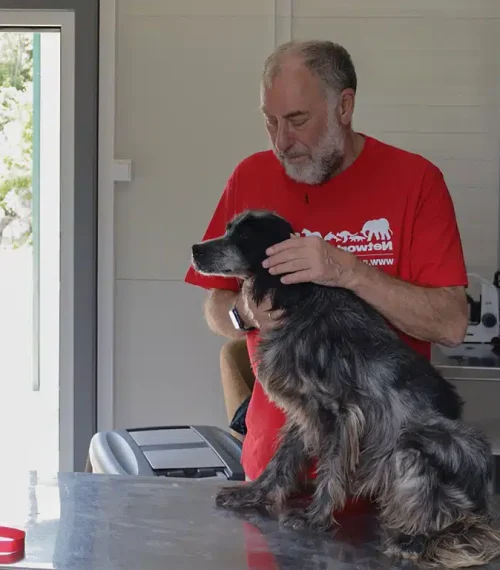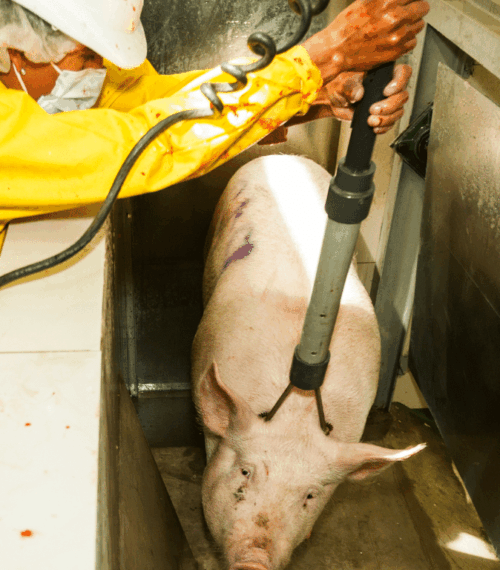Discover how to estimate your dog’s age with these simple clues. Learn how to tell how old your dog could be by observing their behavior, teeth, and more.
Here Are Some Clues to Tell How Old Your Dog Could Be

Table of Contents
- Introduction: How Old Is Your Dog?
- Clue 1: The State of Your Dog’s Teeth
- Clue 2: Activity Level and Behavior
- Clue 3: Changes in Coat and Skin
- Clue 4: Understanding Your Dog’s Eyes
- Clue 5: Weight and Size Changes Over Time
- Clue 6: Your Dog’s General Health and Vitality
- Clue 7: The Role of Breed in Aging
- Why Knowing Your Dog’s Age Is Important
- Conclusion: How Old Is Your Dog?
- Additional Resources
Introduction: How Old Is Your Dog?
When it comes to our pets, particularly dogs, one of the most important things we want to know is how old they are. Understanding how old your dog could be can help you make the best decisions regarding their care. There are several clues that can help you determine your dog’s age, even if you don’t know their exact birth date. In this article, we’ll walk you through these clues and help you figure out how old your dog could be based on observable signs and behaviors.
Clue 1: The State of Your Dog’s Teeth
The state of your dog’s teeth is one of the most telling signs of their age. Just like humans, dogs go through stages of dental development. Younger dogs typically have white, clean teeth, while older dogs may have yellow or even brown staining due to tartar buildup. In addition, older dogs may show signs of tooth wear, loose teeth, or even missing teeth.
If your dog’s teeth are white and free from tartar, it’s a sign they could be young, while more worn or discolored teeth can be a clue that your dog is older. Regular dental checkups are also a good way to monitor their oral health and age.
Clue 2: Activity Level and Behavior
Another clue to how old your dog could be is their activity level and behavior. Young dogs are usually full of energy and playful, while older dogs may show signs of slowing down. If your dog has suddenly started to nap more, walk slower, or shows less enthusiasm during playtime, these could be indications of aging. Older dogs may also become less social, preferring to stay in familiar environments or with their trusted family members.
Changes in behavior can vary from dog to dog, depending on their breed, personality, and overall health, but observing these changes can give you a general sense of how old your dog could be.
Clue 3: Changes in Coat and Skin
A dog’s coat can also be a sign of their age. Puppies and young dogs typically have a shiny, healthy coat, while older dogs may experience thinning, graying, or even the development of bald spots. As dogs age, their skin also becomes more delicate and may lose some of its elasticity. If you notice graying around the muzzle or a dull coat, it could indicate that your dog is no longer in their prime.
Pay attention to the texture of your dog’s fur as well. Older dogs might have a coarser coat, while younger dogs usually have a soft, velvety coat. Regular grooming and proper skin care are important for aging dogs.
Clue 4: Understanding Your Dog’s Eyes
Your dog’s eyes can reveal a lot about their age. As dogs age, their eyes can become cloudier, and they may develop a condition called nuclear sclerosis. This cloudiness is often seen in older dogs and doesn’t usually affect their vision. However, if your dog is experiencing noticeable vision issues or if their eyes seem red or irritated, it could be a sign of an age-related condition, such as cataracts. These changes may make it easier to determine how old your dog could be.
Look for other signs like difficulty navigating unfamiliar spaces or signs of confusion, as these may also point to age-related changes in their vision.
Clue 5: Weight and Size Changes Over Time
Weight and size are another key indicator of your dog’s age. Puppies and younger dogs are generally leaner, while older dogs may show signs of weight gain or loss due to changes in metabolism or activity levels. Additionally, some dogs experience changes in their overall body structure as they age. Older dogs may lose muscle mass or gain weight around their midsection.
Tracking your dog’s weight and size over time can help you pinpoint how old your dog could be, especially when comparing their current weight to their previous levels.
Clue 6: Your Dog’s General Health and Vitality
The overall health of your dog plays a crucial role in determining their age. Dogs that are younger generally have fewer health problems and are less likely to suffer from conditions like arthritis, hip dysplasia, or heart disease. However, older dogs may begin to show symptoms of these common age-related ailments. If your dog is experiencing mobility issues, joint pain, or other health problems, it might be a clue that they are entering their senior years.
Regular veterinary visits and health checkups are essential to monitor your dog’s aging process and ensure they remain in good health as they age.
Clue 7: The Role of Breed in Aging
It’s important to remember that the breed of your dog plays a significant role in their aging process. Smaller breeds tend to live longer and age more slowly, while larger breeds may age faster and have shorter lifespans. If you know your dog’s breed, you can better estimate their age range based on the general lifespan of their breed.
For instance, small breeds like Chihuahuas and Dachshunds can live well into their late teens, while larger breeds like Great Danes may only live for around 7-10 years. Understanding your dog’s breed can help you determine how old they might be and how their aging process will unfold.
Why Knowing Your Dog’s Age Is Important
Knowing how old your dog could be is important for a few reasons. First, it helps you plan for their future care needs, including adjusting their diet, exercise routine, and health monitoring. Additionally, it helps you spot age-related health issues early on, which can improve your dog’s quality of life. Understanding their age can also guide you in making decisions about senior dog care, such as joint supplements, comfortable bedding, and appropriate exercise.
Conclusion: How Old Is Your Dog?
Determining how old your dog could be can sometimes feel like a guessing game, but by observing key physical and behavioral clues, you can get a pretty good idea. From their teeth and coat to their activity level and health, there are several signs to help you assess your dog’s age. Remember, aging is a natural process, and with proper care, your dog can live a long, happy life at any age.















































































































